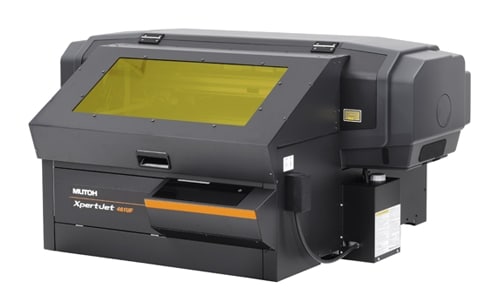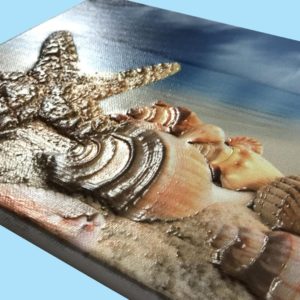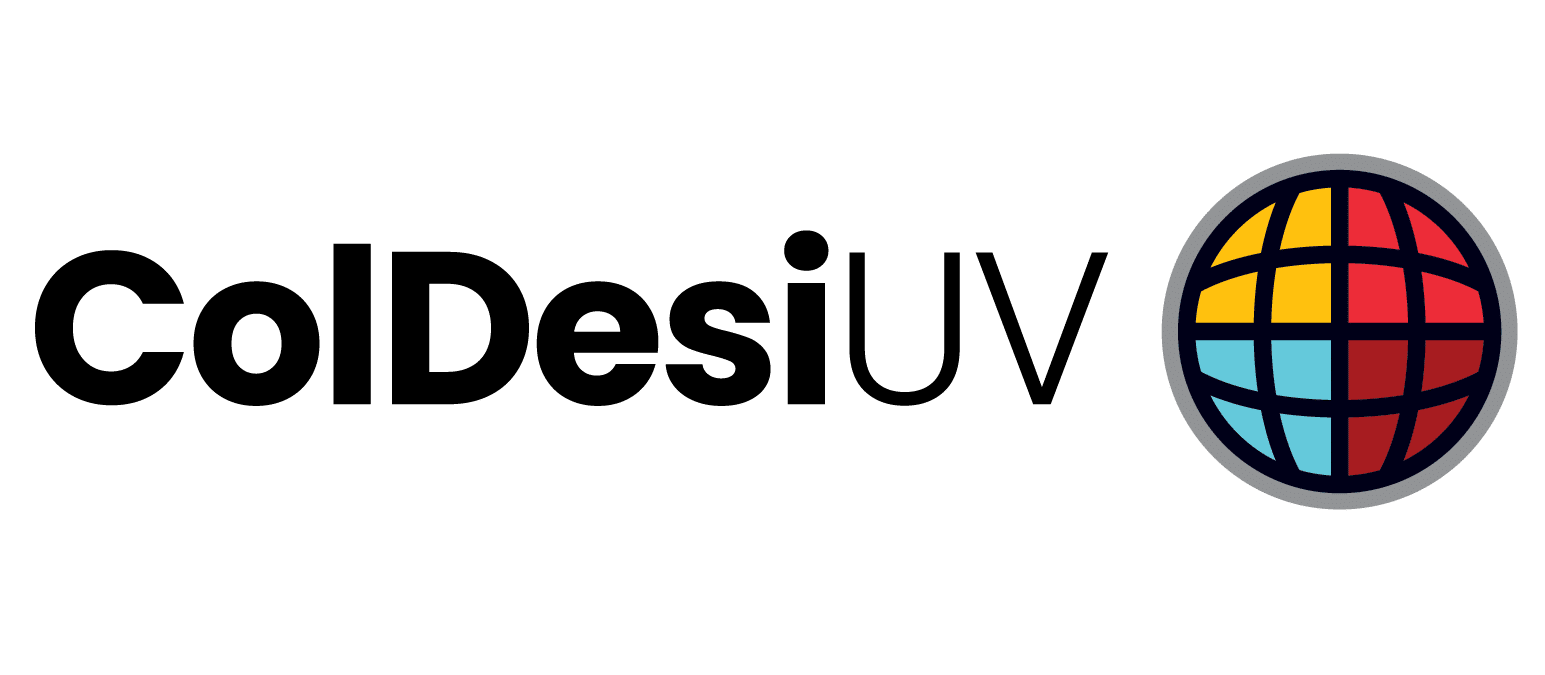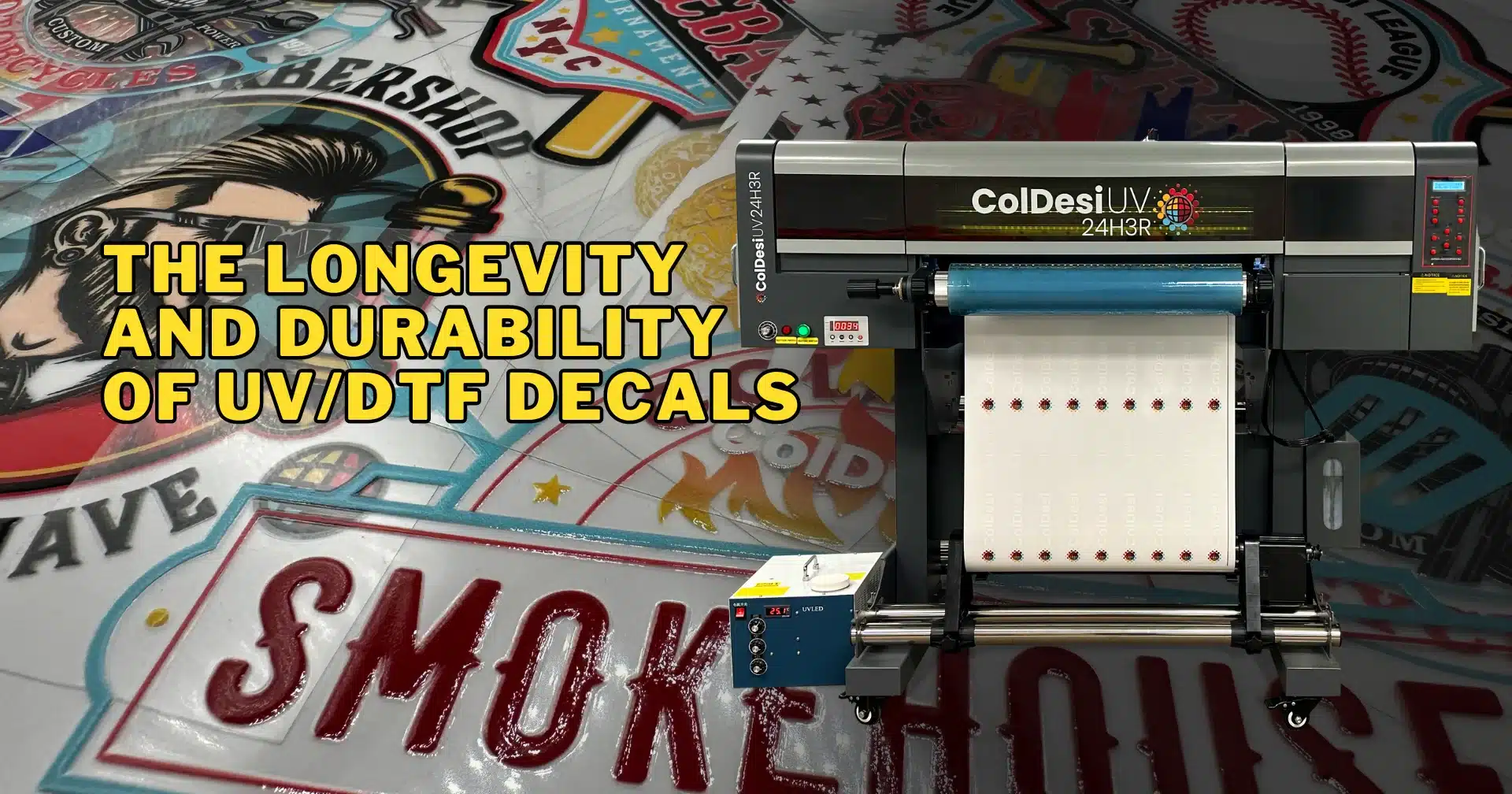UV DTF (Direct-to-Film) Printing is an innovative printing process that utilizes a UV printer to print directly to film without the need for ink or toner. This process offers many advantages, including increased durability and affordability, over traditional printing methods.
UV printers have been used in the graphic arts and commercial printing industries for decades, but with the emergence of digital filmmaking, they now offer filmmakers numerous benefits as well. By using this method of printing directly on a specific substrate—such as Mylar or Polyester PVC—directly to film, filmmakers can achieve excellent image quality with extreme accuracy and consistency. In addition, the UV energy from the printer’s light source will dry and cure the ink immediately upon contact with the film, allowing for quick turnaround times on short-run jobs.
Advantages of UV DTF Printing
The advantages of utilizing a UV printer for Direct-to-Film (DTF) printing are numerous; however, it’s important to understand how the process works before embarking on any project with your printer. The first step is to prepare the substrate material by ensuring it is clean, level, and free of scratches or other imperfections.

One of the biggest advantages of UV DTF printing is the high resolution and accuracy of the printed image. The UV-cured inks used in this process are highly precise, which allows for clear and vibrant images that are true to life. Additionally, the UV-cured inks are able to produce a wide range of colors and designs, making it possible to create highly customized and unique prints.
Another advantage of UV DTF printing is that it is highly durable. The UV-cured inks used in this process are resistant to fading and washing, which means that the printed image will maintain its quality over time. This makes UV DTF printing an ideal choice for creating long-lasting and high-quality prints for a wide range of applications.
Additionally, the method also produces prints that are generally more scratch-resistant compared to traditional films; this makes it ideal for creating long-lasting works of art. Finally, this method is relatively eco-friendly – not only does it require less energy and resources for the printing process itself, but the quality of the prints means they’re unlikely to ultimately end up in landfills or accumulate elsewhere as waste. All in all, the UV Direct to Film Printing Method is arguably one of the best ways to achieve stunning film prints without sacrificing quality or sustainability.
UV DTF Printing Means Easier Placement
UV DTF (direct to film) is an increasingly popular print method due to its capability of being used on a multitude of substrates and the ease of application. UV DTF involves printing an image directly onto a thin piece of adhesive film, rather than directly onto objects.
This eliminates the risk associated with the potential discoloration of items when exposed to direct UV ink. Moreover, it allows for faster production turnaround times as adhering the film only requires some basic equipment compared to the more intensive process associated with printing uv ink directly onto object. Lastly, due to its multiple applications and convenient setup, UV DTF is a great option for anyone looking for quick and consistent prints without sacrificing quality.
How Do You Prepare Artwork for UV DTF Printing?
Whether your artwork is created in Photoshop or Illustrator the Direct to Film Process for DTF printing allows you to apply your prints directly onto your item’s substrate using specialty adhesive tape. This will make sure that when you fire up your printer it prints accurately onto the material’s surface without any abrasion caused by contact between the head of your machine and the material itself. Its safer than traditional UV printing directly onto objects.

Using a RIP Software to Dial in the Quality
These RIP (Raster Image Processing) programs allow you to easily control settings such as print resolution and color management so that each part of your design comes out looking its best every time it hits film inside your UV printer. Lastly, once all these steps are complete you’re ready to print.
The results speak for themselves; high-resolution images printed directly onto the special UV DTF film, are both cost-effective and extremely durable making them ideal for those looking to produce finished products in bulk quantities without sacrificing the quality or longevity of their projects.
Once the film is loaded, the image is printed onto the film using the UV-cured inks. The printer applies the ink to the film in a highly precise manner, ensuring that the image is clear and vibrant. The UV-cured inks used in this process are highly reactive to UV light, which means that they harden quickly and adhere to the film in a durable manner.
Direct to Film Printing is Efficient and Easy
UV DTF printing is also a highly efficient process. The printing process itself is relatively quick and easy, and the UV light curing step is also relatively fast. This means that the turnaround time for UV DTF printing is often much faster than other printing methods, which can be especially beneficial for businesses that need to produce large volumes of printed materials quickly.
Finally, UV DTF printing is a versatile process that can be used to print on a wide range of films. This includes films such as polyester, polycarbonate, PETG and other synthetic films. This makes UV DTF printing an ideal choice for a wide range of industries, including packaging, labeling, and advertising.
In conclusion, UV DTF printing is a cutting-edge technology that utilizes UV-cured inks to print directly onto film. It offers a wide range of advantages, including high resolution and accuracy, durability, efficiency, and versatility. The UV DTF printing process results in high-quality, vibrant prints that are resistant to fading and washing, making it an ideal choice for a wide range of industries and applications.







